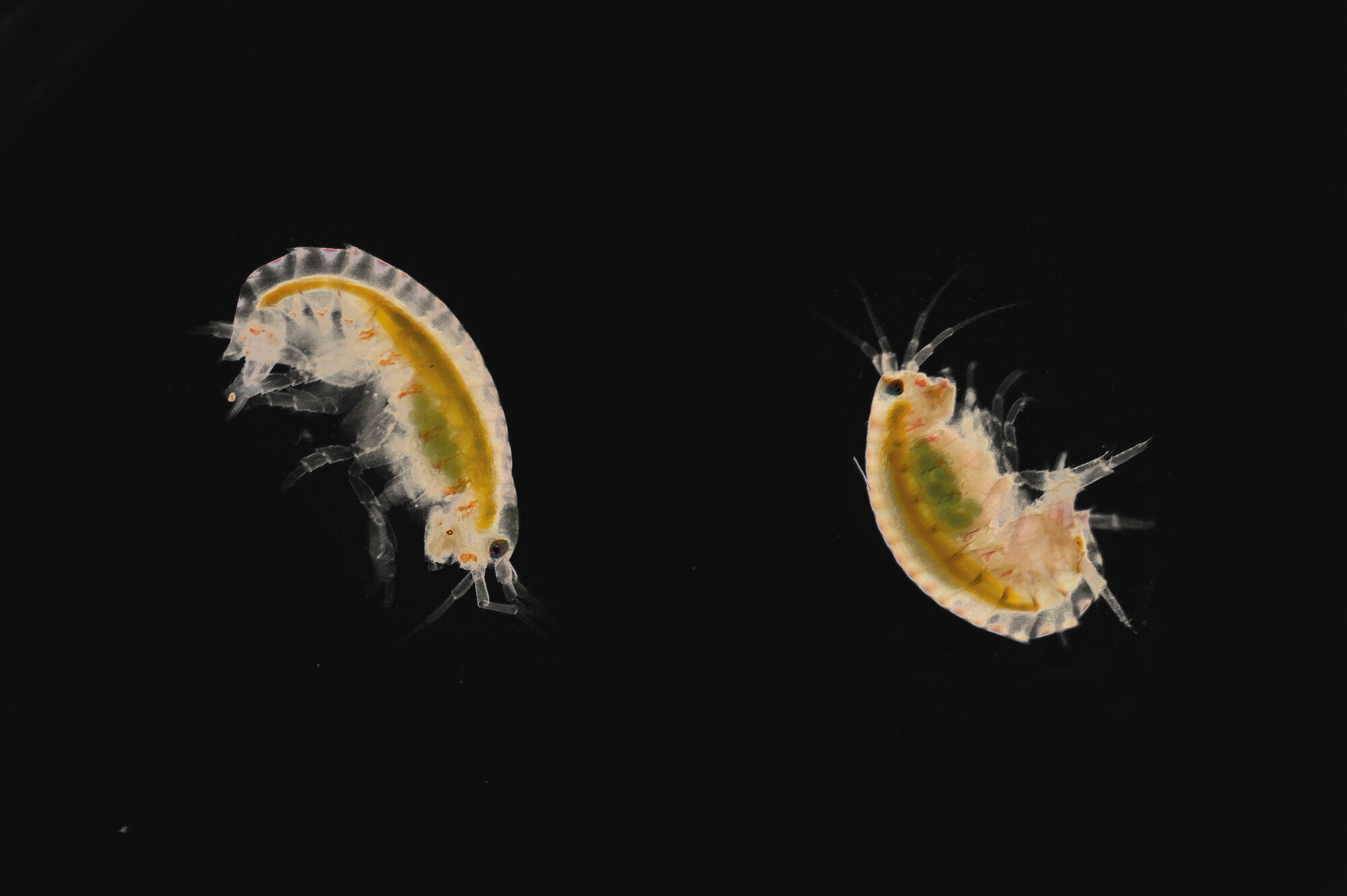Bioaccumulation assessment predominantly relies on the bioconcentration factor (BCF) as the sole decisive metric. The test guideline 305 by the Organization for Economic Co-operation and Development (OECD) provides the standard procedure for deriving this regulatory-relevant parameter in fish, which requires expensive and labor-intensive studies with many vertebrate animals. Accordingly, there is a great need for and interest in alternative methods that can help to reduce, replace, and refine vertebrate tests, as described in the 3R principles. Two alternative approaches have already been developed: a method to determine experimentally derived in vitro metabolism rates that can then be incorporated into in silico prediction models for rainbow trout BCF calculation (OECD test guideline 319) and the bioconcentration test with the freshwater amphipod Hyalella azteca.
In vitro Depletion Assays
In vitro metabolism assays using isolated primary hepatocytes or liver S9 subcellular fractions from fish have been introduced as promising and reliable tools to generate hepatic biotransformation rates of xenobiotics, which can be used for in vitro–in vivo extrapolation (IVIVE) of BCFs. Standard protocols for the isolation of hepatocytes and S9 fractions from rainbow trout have been developed (Ref. 1), and new OECD test guidelines for the performance of in vitro assays have recently become available (OECD TG 319 A, B). Using a substrate depletion approach, in vitro metabolism assays can be used to determine the depletion of a test chemical over time. The resulting intrinsic clearance rate can then be extrapolated to the in vivo whole-body biotransformation rate constant (kMET) of the test compound as part of an IVIVE approach. Incorporating such information into established bioaccumulation models for fish substantially improved their reliability, leading to predicted BCF values that are generally closer to measured values from in vivo studies than in silico–based predictions without the parameterisation of metabolism
by means of clearence rates. In addition to that, the in vitro hepatocyte assay may provide important information on the metabolite patterns of xenobiotics in fish (Ref. 2).
Hyalella azteca Bioconcentration Test (HYBIT)
The freshwater amphipod Hyalella azteca was recently suggested as an alternative test organism for bioconcentration studies (Ref. 3, 4). In a study at Fraunhofer IME 14 substances of different hydrophobicity (log octanol–water partitioning coefficient [Kow] 2.4–7.6) were tested under flow-through conditions to determine steady-state and kinetic BCFs. Bioconcentration studies with the freshwater amphipod H. azteca (H. azteca bioconcentration test [HYBIT]) resulted in BCF estimates which showed a good correlation with fish BCF values (R2 = 0.69). The BCF values determined with the HYBIT can be used with the standard B criterion (BCF > 2000 as critical threshold) and thereby enable the B or non-B classification similarly to the fish test as part of the PBT/vPvB assessment and allow for evaluations regarding the EU harmonized classification and labeling evaluation.
Performance of Alternative Methods
We perform the in vitro Depletion Assays according to OECD TG 319 with isolated primary hepatocytes or S9 fractions from Rainbow trout (Oncorhynchus mykiss) or Common carp (Cyprinus carpio). Hyalella bioconcentration tests are carried out with animals raised in the laboratory of Fraunhofer IME under standardized conditions. Fraunhofer IME offers testing adhering to GLP (Good Laboratory Practice) principles.
Sample Analysis
Our modern analytical instruments enable us to quantify a large number of compounds in the different matrices collected during the studies. Studies can be carried out with isotope-labeled substances (usually 14C). The combination of highly specific analytics and isotope-labeled compounds enables the identification of the metabolites of organic substances in the cells or test organisms.
 Fraunhofer-Institut für Molekularbiologie und Angewandte Oekologie IME
Fraunhofer-Institut für Molekularbiologie und Angewandte Oekologie IME